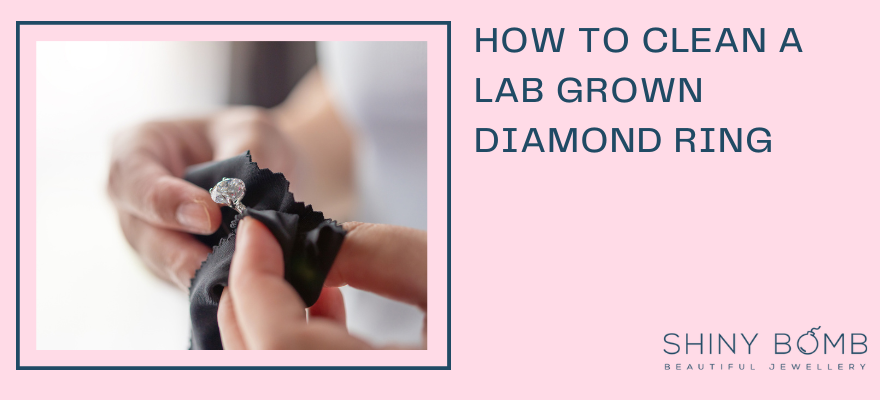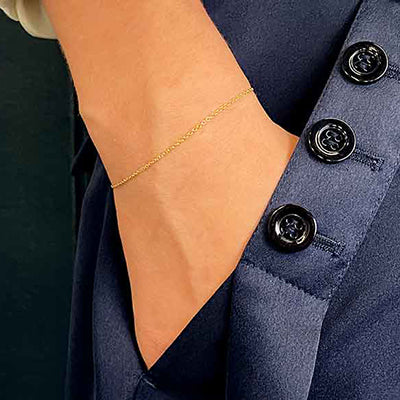
Lab grown diamonds are growing in popularity thanks to their sustainability, ethical credentials and affordability. They have also garnered a cult following among some celebrities, including Penelope Cruz, Meghan Markle and Lady Gaga.
If you’re thinking about investing in an engagement ring with a lab grown diamond setting, you’re not alone. There has been a sharp increase in demand for lab grown diamonds, as couples turn their backs on mined diamonds for a wide range of reasons.
Affordability and the wide range of options available seems to be the driving force behind this spike in demand. But the industry is still filled with misconceptions about what it means to create a diamond in a lab.
There is also a lack of reliable information available about how to properly care for your diamond ring. In this guide, we’ll explore how to care for and clean a lab grown diamond and everything you need to know to protect your investment.

What is a lab grown diamond?
Until recently, the only place we could find diamonds was deep in the earth. These gems were formed over billions of years by the intense pressure and heat deep in the earth’s crust. Scientists have now learned how to replicate the process in a matter of weeks, allowing us to create structurally identical gems without the billion-year wait.
Lab grown diamonds have the same composition as mined diamonds, so they can actually be cared for in a very similar way. The care process for any diamond ring, whether it is a lab-grown diamond or a mined diamond, will often depend on factors like the setting and band material.
How do you clean a lab grown diamond?
Just like a mined diamond, you can clean a lab grown diamond using a simple solution of mild dish soap and water. It’s best to use a soft toothbrush to gently scrub the stone and the setting. The dish soap will help to remove any oily or greasy deposits that can build up on the stone and make it appear dull.
After washing with soapy water, it’s important to rinse the ring well to remove any soap suds. Soap can also make a stone appear dull if it is left to build up.
You can also use white vinegar to clean your lab-grown diamond. You can leave the ring to soak in the vinegar before gently brushing it with a soft toothbrush and then rinsing well.

How do you care for a lab-grown diamond?
Caring for your diamond will depend on a few factors, including the band type and the setting type.
- For a solitaire setting, the prongs should be checked regularly to make sure they are still intact and not at risk of allowing the diamond to come loose.
- Gold and silver are softer than metals like platinum so you need to be careful you don’t scratch the ring band. Remove any gold or silver rings before cleaning or taking part in sporting activities.
- Cleaning products can damage the band of your ring and also dull the sparkle of your diamond. When cleaning, either remove the ring or protect your hands using rubber gloves.
- Chlorine can also damage your ring, so you should avoid wearing your ring while swimming in an indoor pool. There is also the risk the ring could fall off if you are swimming in colder water and your finger shrinks. So, whether you’re swimming in a pool or the ocean, always take off your ring.
- It’s a good idea to have your lab grown diamond checked by a jeweller every year. This is particularly true for very delicate settings and for rings with lots of smaller diamonds.
- As with any ring, you should store it in a safe place when you aren’t wearing it. Storing it in the same place will also reduce the risk of losing it. You can either store it in the original box, or place it in a soft, lined jewellery box.
Conclusion
You can care for a lab-grown diamond in the same way you would care for a mined diamond. They are incredibly durable, but need a little extra attention to keep them looking bright and sparkling.


















